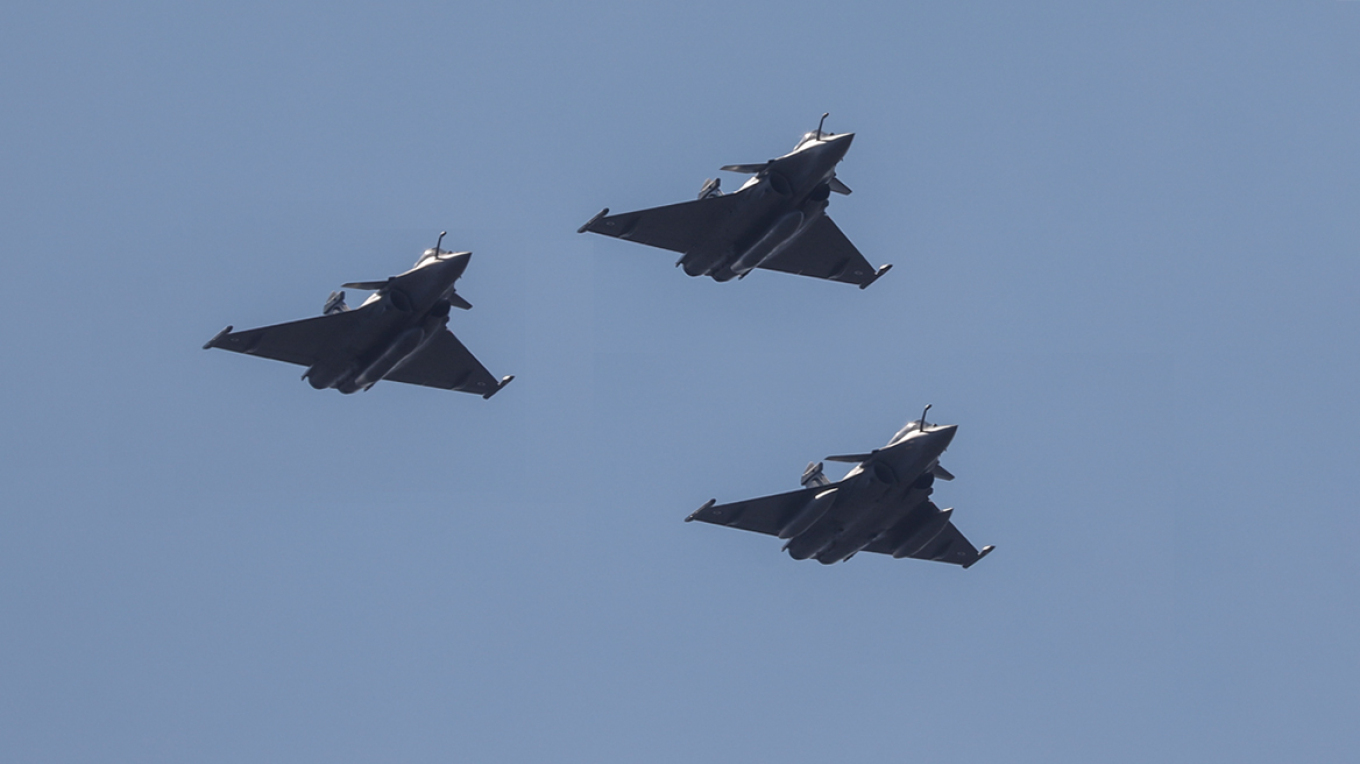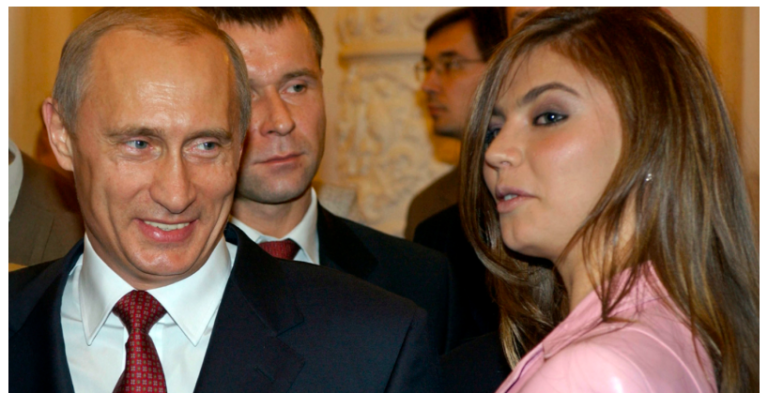Two new single-seat Rafale fighters of the H3R type were added today to the Hellenic Air Force (HAF). The Rafales arrived at the Tanagra airport on a symbolic day for the Air Force, on the feast day of Archangel Michael.
Unlike the six used Rafales that have already been incorporated into HAF in the previous months, the two aircraft that have now arrived in our country are brand-new.
6+2καινούργια και μετράμε…
✈✈✈✈✈✈????✈✈
Χρόνια Πολλά ΠΑ pic.twitter.com/nVDA1yOFB4— Hellenic Air Force (@HAFspokesperson) November 8, 2022
The Air Force video shows the planes circling over Tanagra Airport before landing, being greeted with an arch of water before taxiing.
In total, now, from the total order of 24 French fighters, the Air Force has received eight. According to the original agreement, of the 24 aircraft, 12 will be brand new and the other 12 used.
The Rafale ushers the Air Force into a new era. It is not simply the fact that French aircraft have minimal support requirements, nor that they can operate day or night, even in the most adverse weather conditions.
One of the very critical elements that differentiate the Rafale from any other fighter aircraft in the service of the Greek Armed Forces or flying in allied air forces east of the Aegean is the two engines, which offer very high “survivability”.
They give the Rafale a radius of action of more than 1,000 miles from the take-off point since their range (calculating the route to the farthest point of the mission and the distance to return to their base) reaches 2,800 miles.
Given that the fighter jets are a weapons-carrying platform, “The gusts of the wind”, as the name Rafale translates into Greek, have all the capabilities to guard the Greek skies and will be able to detect all potential targets. The most basic weapon in the Rafale ‘quiver’ is the Meteor air-to-air missiles. With a range – officially – of more than 100 kilometers, the Meteors will give the Rafales the opportunity to strike enemy fighter jets long before they are threatened by them.
The purchase contract for the first 18 Rafale also provides for the acquisition of training and operational Mica missiles. Mica air-to-air missiles, also carried by Mirage 2000-5 fighter jets, are available from the French in Mica ER/IR and Mica EM versions.
That is, they have two different warheads – thermal or radar warheads – that are attached to the missile and are designed to follow either the thermal trail of the enemy aircraft or to move with a guided radar and have a range of close to 50 nautical miles, offering incomparable advantages in potential air battles.
These Scalp sub-strategic missiles have a range of at least 300 kilometers from the launch point. From the new equation in the problem of the balance of power in the Aegean, the Exocet-type anti-surface ship missiles, missiles of the latest generation, should not be omitted. They have been certified by the French manufacturing company MBDA France and pass the appropriate technical evaluation and control procedures.
Additional chaff/flares and cartridges for the guns of the Rafale fighter jets are expected to be received at the same time. Both the new Meteor missiles and the additional quantities of missiles to be received by the Air Force have been factored into the contract budget for the purchase of the first 18 Rafales (of which 12 were used by the French Air Force and six new) amounting to €2.32 billion.
According to the agreement, the Air Force is expected to have a total of 24 fighter aircraft of the same type by the end of 2025. The total cost to the Greek taxpayers for the purchase of 24 Rafales with their weapons, training of flying operators and technicians, flight simulators, and initial technical support will amount to 3.3 billion euros.
Ask me anything
Explore related questions





